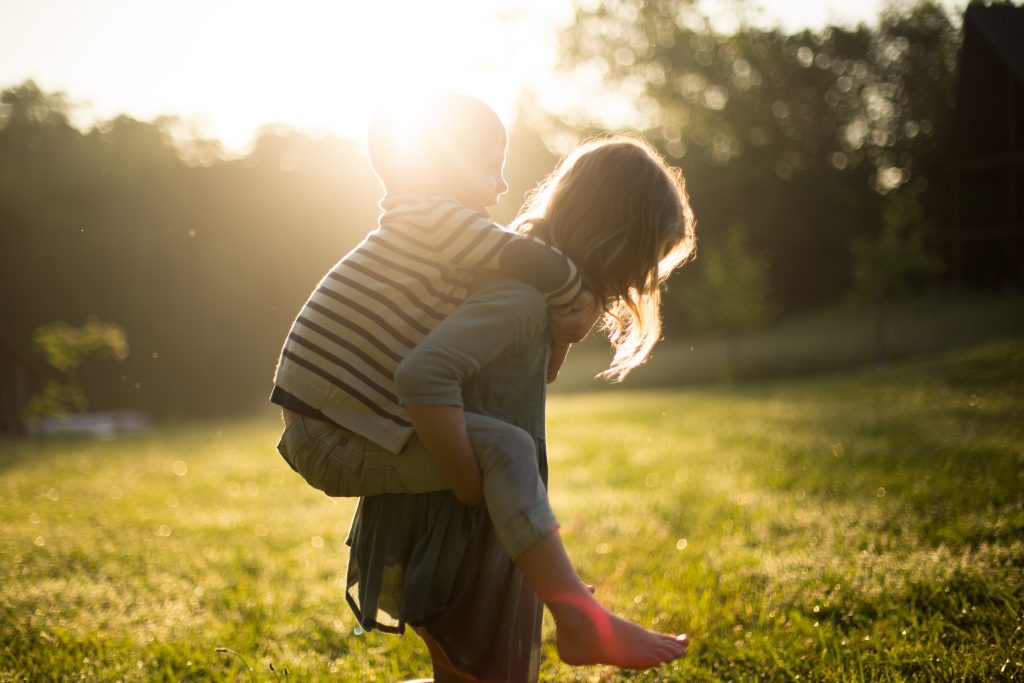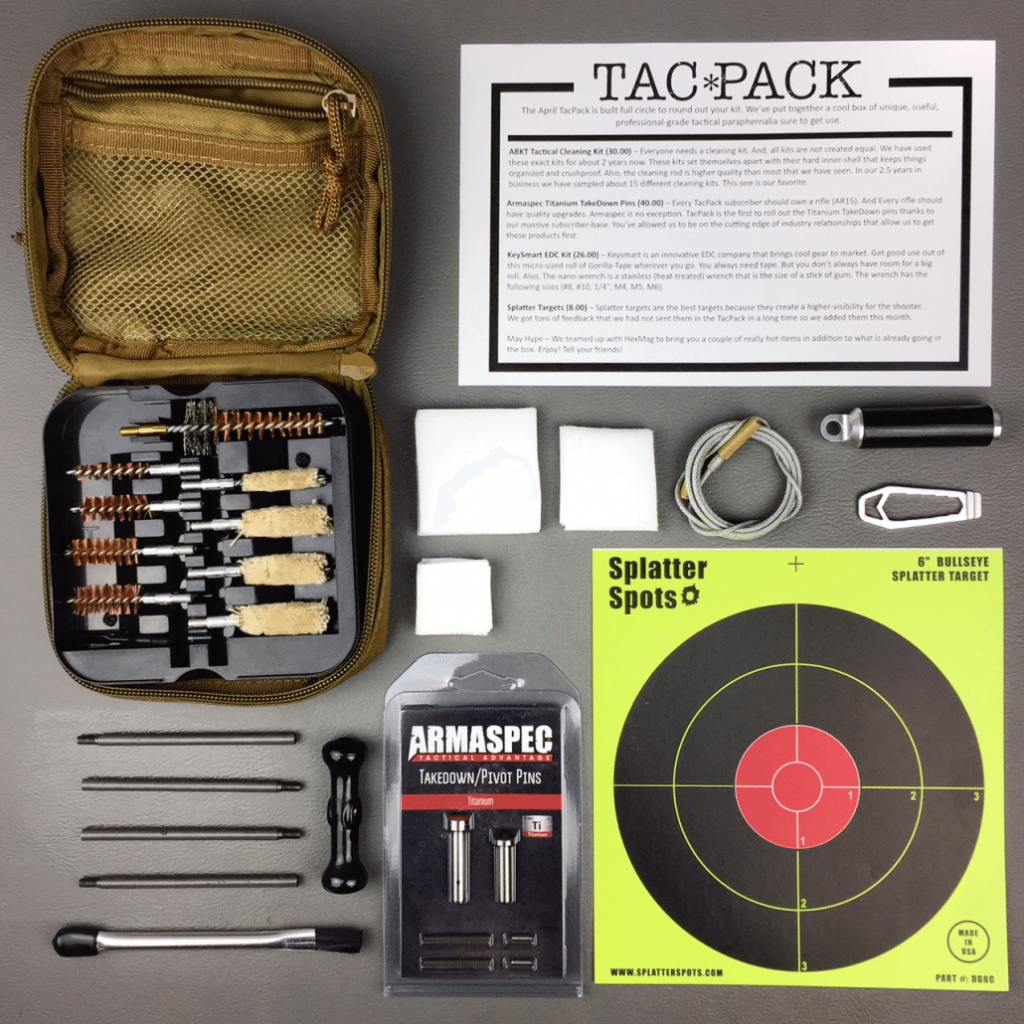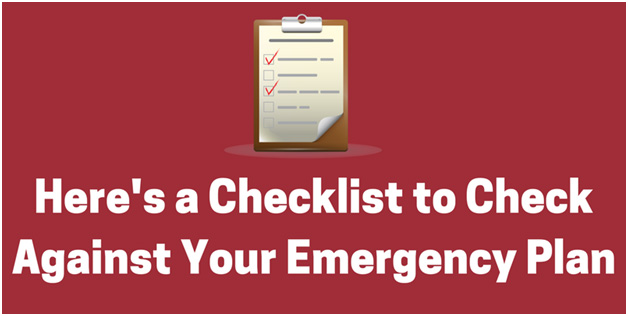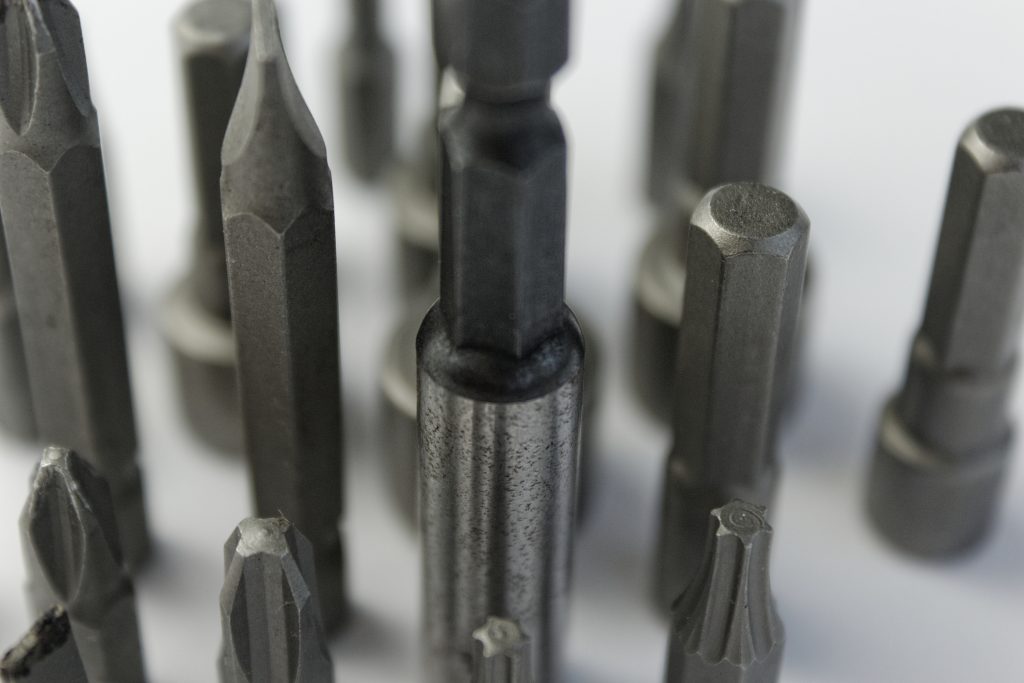
Danger can happen to anyone any day which is why it’s important to always be careful whenever we transact with other people and even go out of the safety of our home. We can’t control how people outside the home act, but we can, in our own ways do something to prevent harm from happening. Now that the world is becoming a more and more dangerous place, families put premium in ensuring their safety and protection by any means necessary. So many dreadful things can happen, not just physically, that threatens our quality of life. How do you protect you and your loved ones from a violent attack? A terrorist attack? Or maybe even a cyber-attack? This article will explore 3 ways you can do to protect your loved ones from harm, read on:
- Equip them
Today, there are a lot of non-lethal and legal self-defense weapons that can be easily concealed. Try looking for the best stun gun to suit your needs. Owning a mini taser or a stun gun is a great way to protect yourself without resorting to using lethal methods. Unlike using a gun, which can potentially cause permanent harm and even kill, stun guns won’t cause any serious harm to your assailant. Also, you don’t need to have perfect aim when using a stun gun, you can put your attacker to a halt just by tazing a part of their skin.
Another small and useful self-defense item is a pepper spray. It’s a handy thing to have especially for women and elderly living in a rough neighborhood. Pepper spray works by instantly inflaming the mucous membranes of the attacker’s eyes and nose, causing them to close their eyes and wince in pain at the sudden onslaught and the pungent smell. This immediate incapacitation allows you to run to safety and seek cover.
One last recommendation in the small and stealthy category that doesn’t require mad martial arts skills is a self-defense keychain, or a personal alarm. It’s small and can be carried anywhere. And in times of danger you can press it to let out a shrieking 130 decibels sound that will surely gather attention and turn your assailants around.
- Educate them
Aside from equipping your loved ones with all these small and fancy self-defense tools, it’s also important to educate them about violence, its prevalence, and how to react to them. It’s not enough than they can protect themselves, they must also know what to do next should any unfortunate thing happen their way.
Violent attacks can be traumatic for a lot of people, even if they’ve escaped it. Knowing how to deal with such incidents will help them cope better and live well. Surviving an assault, a robbery, or a mugging immediately causes shock to the victim. They can feel dazed and even detached from the environment for a while, some even experience denial. There’s a mix of feelings victims feel after the event, depends on how they react they can feel frightened, angry, and helpless. Yet some feel sad, ashamed, and guilty.
- Encourage them
It’s one thing to know how to protect yourself and it’s another to know how to react to attacks. But it’s also another to encourage awareness that as much as violence should be prevented, attacks are prevalent and you should be able to protect yourself. Encourage your loved ones to report any instance of violence they encounter, whether or not they’re directly involved. Cases of domestic violence, bullying, and sexual assaults should not be tolerated and should be handled by authorities.









